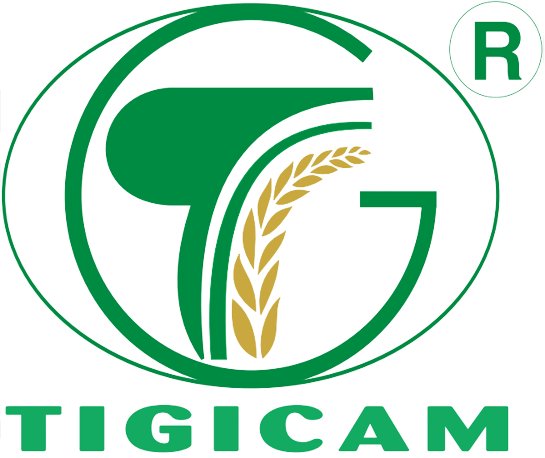tìm kiếm
CHUYÊN MỤC
Bài viết mới nhất
What is a Reduced Residue Diet Regimen?
A reduced deposit diet plan, likewise called a low-fiber diet regimen, is a short-term eating strategy that restricts the consumption of specific foods to decrease the amount of undigested products or waste in the intestines. This diet plan is frequently recommended to individuals with specific clinical conditions or those recouping from specific surgical procedures or procedures.
The objective of a reduced residue diet regimen is to reduce the volume and oculax monica pop also regularity of bowel movements, while likewise decreasing the irritability as well as swelling in the gastrointestinal system. By limiting the intake of insoluble fiber, which is discovered in foods such as entire grains, fruits, veggies, and also beans, this diet helps to relieve signs such as diarrhea, stomach discomfort, as well as bloating.
That should follow a Low Residue Diet Plan?
A low residue diet plan is normally recommended for people who are experiencing digestion concerns or need to provide their intestinal tracts a break from refining high-fiber foods. It might be suggested for the following conditions:
- Diverticulitis: Inflammation or infection of tiny pouches that create in the colon.
- Inflammatory digestive tract disease (IBD): Conditions such as Crohn’s condition or ulcerative colitis.
- Bowel obstructions: Partial or complete clogs in the intestines.
- Preparation for sure medical treatments: Prior to colonoscopy or cardiobalance composizione bowel surgical treatment.
It is very important to note that a low residue diet plan ought to just be adhered to under the advice of a healthcare professional, as it may not provide sufficient nutrients for lasting use.
What foods are permitted on a Reduced Deposit Diet Regimen?
When following a reduced residue diet plan, it is necessary to pick foods that are conveniently absorbed and also low in fiber. The emphasis ought to get on taking in well-cooked, tender, as well as easily absorbable options. Some foods enabled on a low residue diet plan include:
- Improved grains: White bread, pasta, and rice.
- Lean healthy proteins: Skinless chicken, fish, eggs, and also tofu.
- Milk items: Milk, cheese, and yogurt.
- Cooked veggies: Carrots, eco-friendly beans, zucchini, and potatoes without skin.
- Fruit juices without pulp: Apple, grape, as well as cranberry juices.
- Seedless fruits: Bananas, melons, peaches, and also canister fruits.
- Fats and also oils: Butter, margarine, and also veggie oils.
- Drinks: Clear liquids, such as water, tea, coffee, and also strained broths.
It is very important to keep in mind that private resistances might differ, and also specific foods from the allowed listing might still trigger pain or inflammation. It is suggested to keep a food diary and speak with a healthcare specialist for tailored assistance.
What foods should be avoided on a Reduced Residue Diet Plan?
While following a reduced deposit diet, it is needed to restrict or prevent foods that are high in fiber as well as challenging to absorb. These consist of:
- Whole grains: Entire wheat bread, oatmeal, brown rice, as well as quinoa.
- Raw fruits and vegetables: Apples, berries, broccoli, cauliflower, as well as leafy greens.
- Legumes: Beans, lentils, chickpeas, and soy items.
- Nuts as well as seeds: Almonds, walnuts, chia seeds, and flaxseeds.
- Dried out fruits: Raisins, prunes, figs, and also days.
- Fatty and fried foods: High-fat meats, oily junk foods, and rich sauces.
- Caffeinated and carbonated beverages: Coffee, soda, and also power drinks.
- Spicy or heavily seasoned foods: Warm peppers, garlic, and onion.
Tips for Adhering To a Low Residue Diet
Adapting to a low deposit diet plan might require some changes to your eating habits. Here are a couple of ideas to help you navigate this dietary strategy:
- Review food tags: Look for low-fiber choices and also stay clear of products with included seeds or nuts.
- Prepare and also peel fruits and vegetables: Removing the skin and also preparing them can make them much more absorbable.
- Select softer appearances: Choose well-cooked foods, such as tender meats and steamed vegetables.
- Try option food preparation methods: Boiling, baking, or steaming can be gentler on the digestion system compared to frying or grilling.
- Stay hydrated: Drink enough liquids throughout the day to stop dehydration and help digestion.
- Gradually reintroduce high-fiber foods: When your signs and symptoms enhance, gradually introduce fiber-rich foods back into your diet under the assistance of a healthcare professional.
Final thought
A low deposit diet plan is a momentary consuming plan advised for individuals with specific digestive conditions or those getting ready for details medical procedures. By reducing the consumption of high-fiber foods, this diet regimen helps ease signs and also gives alleviation to the gastrointestinal system. It is essential to follow the diet under the assistance of a medical care expert to make certain appropriate nutrient consumption and also personalized referrals.




